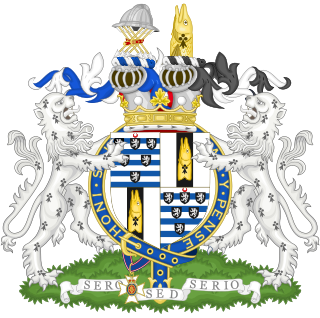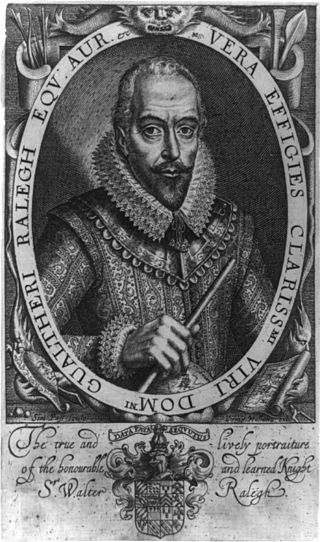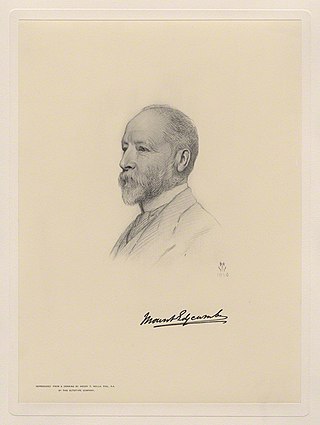This article has multiple issues. Please help improve it or discuss these issues on the talk page . (Learn how and when to remove these template messages)
|

The Lord Steward or Lord Steward of the Household is an official of the Royal Household in England. Holders of the office are always peers, until 1924, were always members of the Government,[ citation needed ] and until 1782, the office was one of considerable political importance and carried Cabinet rank.
Contents
- Lord Stewards
- 15th century
- 16th century
- 17th century
- 18th century
- 19th century
- 20th century
- 21st century
- References
Lord stewards receive their appointments from the Sovereign in person and bear a white staff as the emblem and warrant of their authority. In the House of Lords Precedence Act 1539, an Act of Parliament for placing of the lords, the lord steward is described as the "grand master or lord steward of the King's most honourable household." [1] Lord stewards presided at the Board of Green Cloth, until the Board of Green Cloth disappeared in the reform of local government licensing in 2004, brought about by the Licensing Act 2003 (section 195). In their department are the Treasurer of the Household and Comptroller of the Household, who are second in rank to the lord steward. These officials were usually peers or the sons of peers and Privy Councillors. They also sat at the Board of Green Cloth, carry white staves, and belong to the ministry. The offices are now held by Government whips in the House of Commons. The duties which in theory belong to the lord steward, treasurer and comptroller of the household are in practice performed by the Master of the Household, who is a permanent officer and resides in the palace. However, by the Coroners Act 1988, [ d ] the lord steward was still appointed the Coroner of the Queen's Household, [2] until the office was abolished in 2013 by the Coroners and Justice Act 2009. [3] [4]
The Master of the Household is a white-staff officer and was a member of the Board of Green Cloth, but not of the ministry, and among other duties presided at the daily dinners of the suite in waiting on the sovereign. The office is not named in the Black Book of Edward IV or in the Statutes of Henry VIII but is entered as Master of the Household and one of the clerks of the Green Cloth in the Household Book of Queen Elizabeth. The authority and roll of the office has to an extant superseded that of the Lord Steward of the Household, as the Lord Steward of the Household at one time superseded the Lord High Steward of England.
In the lord steward's department are situated the following officials and members of the Board of Green Cloth: the Coroner ("coroner of the verge"), Paymaster of the Household, the officers of the Royal Almonry, as were, prior to their abolition in 1782 along with six clerks of the Board of Green Cloth, the Cofferer of the Household, the Treasurer of the Chamber, and the Paymaster of Pensions.
The lord steward had formerly three courts besides the Board of Green Cloth under him—the Lord Steward's Court, superseded in 1541 by the Marshalsea Court, and the Palace Court.
The lord steward or his deputies formerly administered the oaths to the members of the House of Commons. In certain cases (messages from the sovereign under the sign-manual) the lords with white staves are the proper persons to bear communications between the Sovereign and the Houses of Parliament.









